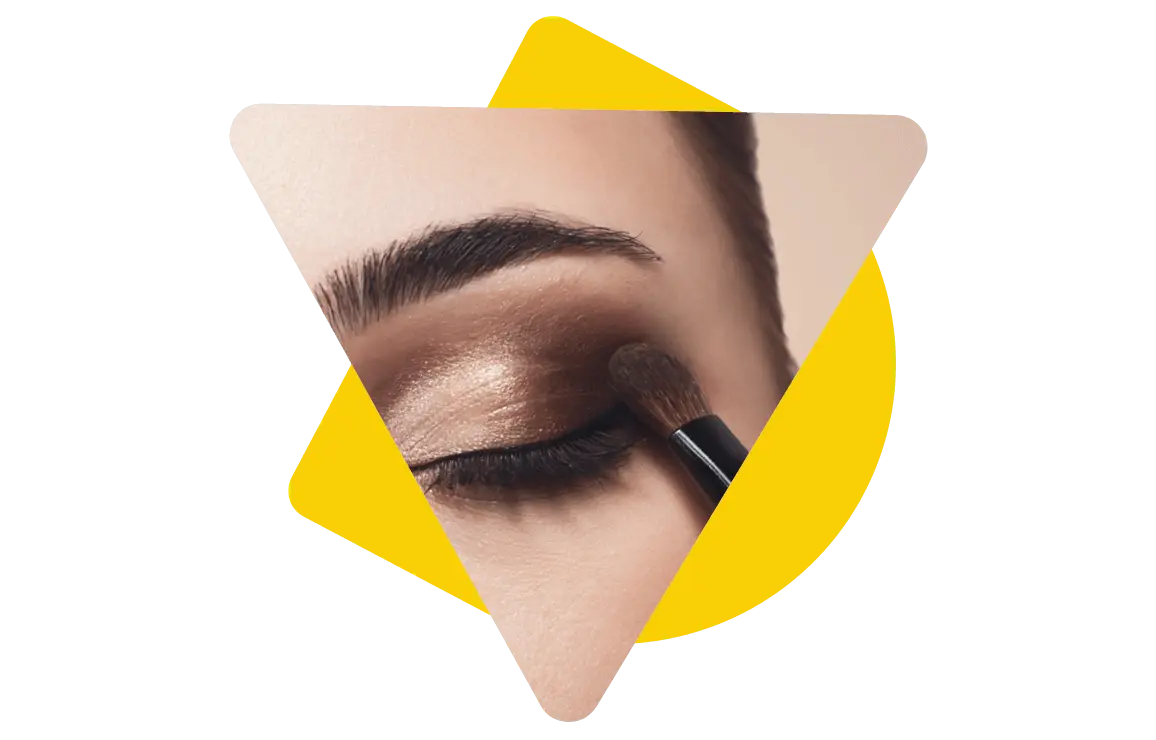This website is intended for UK residents only
Are you tired of the relentless itch that comes with your eczema, or Atopic Dermatitis (AD), and struggling to find real, relevant daily tips to help your skin?
Look no further than these life hacks. We’ve compiled real life hacks from real people, which they use day to day to manage their atopic dermatitis, keeping the itching at bay and helping to interrupt the itch-scratch cycle.
Our panel of bloggers: Amara, Aramide, Ruth, Steph and Zainab have all struggled with their atopic dermatitis. We got together with them to learn more about the condition and how in their experience atopic dermatitis is perceived online. They also shared with us their best tips and tricks which we have collated below.
The tips from the bloggers below are sure to give you plenty of tips for your every-day life but why stop there? If you love to wear make up but are worried how it may affect your skin, read the article below which includes top tips on how to apply make up with atopic dermatitis! Because why let your skin stop you from wearing something you might love!
We also want to know how you cope with your atopic dermatitis, especially any top life hacks that you use to manage some of the daily challenges – both physical and emotional – that atopic dermatitis can bring.
"Most people find that using their nails to scratch their eczema can be really damaging so a body brush is your best bet."
"My top tip life hack for your atopic dermatitis is heat in the cold and breeze in the heat."
"I carry mini moisturisers around with me everywhere, in every bag and in every room in my house and on my desk at work so I am never short of a way of moisturising my skin."
"My life hack is that I am wearing acrylic nails because I find that if I've got my natural nails I do a bit too much damage to my skin when I am scratching so these really help me."
"When you have sensitive skin, using products like cleansers and scrubs may be too harsh so using water and a flannel is just as good."
Atopic dermatitis has been shown to impact self-image and psychological well-being of an individual1. A part of many women’s daily lives, makeup may improve a person’s self-esteem and therefore, their quality of life. However, like with many products, applying certain makeup with atopic dermatitis may cause a flare. Therefore, this article aims to provide you with some tips so that if you choose to wear make-up, both you and your skin can be happy!
Remember, every experience is different, and you know what is best for your skin. If you are trying something new, apply a small amount of the product to an area of unaffected skin (not on your face) daily for 5 days. If you do not have a reaction you can then apply a small amount to your face daily for 3 days. Only if your skin is still unaffected after this can you start to use the product2.

When applying make-up, a good base is vital. It is advised to use a pH-neutral moisturiser, for example, those that contain hyaluronic acid3. Once your skin is hydrated, you can begin to apply your base, starting with SPF to protect your skin from UV damage4. It is highly recommended that the makeup used is hypoallergenic and non-comedogenic (will not block pores), 100% fragrance free with a strong covering power to prevent excessive use. It should also be water and sweat resistant with powerful hold to prevent the need to re-apply throughout the day5.
You may wish to begin with a colour correcting concealer. To neutralise colour, use the opposite colour on a colour chart/wheel. For example, to neutralise any redness, a green-coloured corrector would be the ideal choice. To cover yellow tones, a lavender corrector would be used whilst to neutralise grey, a gold corrector is suitable5.
After you have applied your colour corrector concealer (where necessary), you can apply your foundation. It is important to know the texture of the foundation that is right for your skin:
Oil-based: Enriched in a variety of oils. Easy to apply however the oil will remain on the face when the water evaporates from the foundation.
Oil-free: These alternatives are non-comedogenic, provide a highly matted look and will stay on the skin much better, despite any oil.
Whilst foundations are available in different forms (including liquid, mousse, and creams), cream foundations are ideal as they have increased coverage5.
Due to the thin and sensitive nature of the skin around the eyelids, itchiness, dryness, and redness are common6. As a result of this, take extra care when using eye makeup products and stop using if you find it worsens your symptoms.
When it comes to removing your makeup, the choice of remover can impact your skin. One study showed that individuals who used a cleansing oil which required less rubbing force than a regular daily cleanser saw their skin dryness, irritation and itchiness significantly decrease. This was because by vigorously rubbing skin, the skin could not retain moisture7. To further reduce dryness, it is recommended to use soap-free cleansers.
Make-up is a powerful tool to make a person feel powerful and may even be seen as another way to take control of atopic dermatitis. If you do suffer from atopic dermatitis, remember to apply regular moisturisers with SPF and remove your make-up gently to reduce irritation. Whether you decide to wear makeup or not, you deserve to feel comfortable in your own skin.
References
MAT-XU-2400602 (v3.0) | August 2024